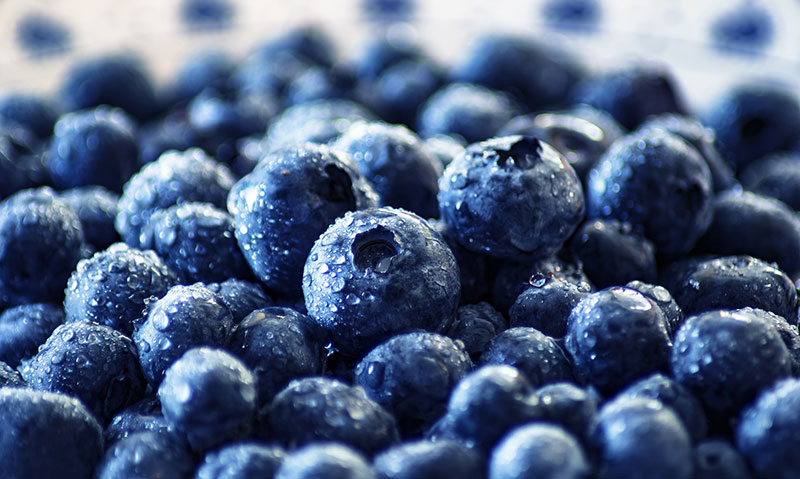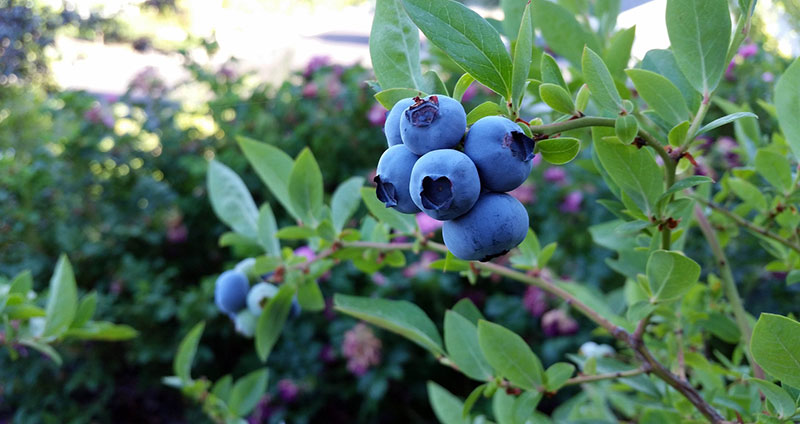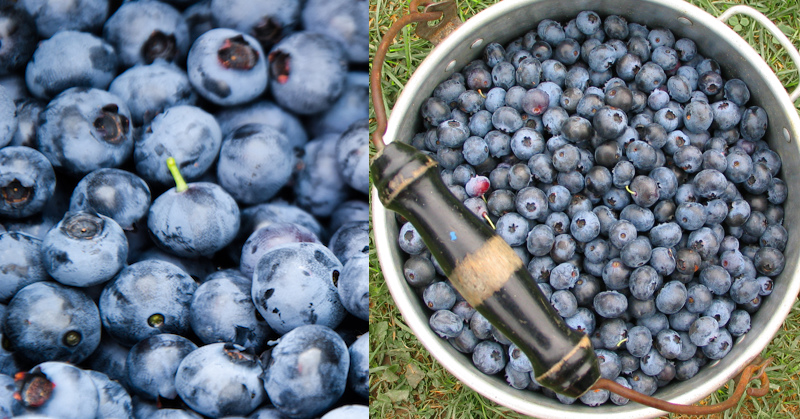Did you know? Nutrient-dense blueberries have one of the highest antioxidant capacities of any fruit. (1)
That almost sounds too good to be true when you consider how delicious they taste. But blueberries are among the healthiest foods out there.
Antioxidants are crucial when it comes to maintaining a healthy body. Blueberries score pretty high on that scale (and wild blueberry juice is among the highest!). (2) Thanks to those antioxidants and nutrients, the little blue berry also protect against premature aging. (3)
In fact, these nutrient-packed little gems benefit the body in multiple ways.
Blueberries Improve Health
Blueberries can help everyone. They reduce DNA damage, protect against cancer, and help your heart. (4)
A study published in the Journal of the Academy of Nutrition and Dietetics found that daily consumption of blueberries “improves blood pressure and arterial stiffness in postmenopausal women.” (5)
In another study, this one published in the Journal of Agricultural and Food Chemistry, researchers investigated the benefits of wild blueberry juice on memory. Study participants in the treatment group drank wild blueberry juice daily for 12 weeks. In that short time they saw a measurable improvement in memory and recall. As an added bonus, depression improved and blood glucose levels decreased. (6)
So consider these berries for brain health. They even may protect against dementia! (7)
Do you know what makes blueberries blue? The nutrients in foods create the colors, too! Anthocyanins give those little blue berries their wonderful shades of blue, purple, and red.
Is fruit safe for a diabetic? Good question! Fortunately, berries have a relatively low impact on blood sugar. The glycemic index (GI) is a measure of the potential impact of a food on our blood sugar levels once we’ve consumed and digested that food. In general, foods with a GI of 55 or below have a “low” GI value. While blueberries rank higher on the GI, with a score of 53, they still have a favorable impact on blood sugar and blood sugar regulation. (8)

Get or Grow a Bushel of Berries?
If you want to maximize your antioxidant benefits from blueberries, go organic! A recent study directly compared the total antioxidant capacity of organically grown versus non-organically grown highbush blueberries. Overall, organically grown blueberries turned out to have significantly higher concentrations of total phenol antioxidants and total anthocyanin antioxidants than the same plants grown conventionally. (9)
New studies make it clear that we can freeze blueberries without doing damage to their delicate antioxidant compounds. Anthocyanins, in particular, degrade during the canning process. (10) On the other hand, freezing doesn’t cause any significant change in nutrient profile or quality. (11)
This is great news for anyone who grows, buys, or picks fresh berries in season and wants to enjoy them year-round. And it’s also great news for anyone who has restricted access to fresh blueberries but can find them in the freezer section of the grocery store.
So here’s the bottom line: if you’re going to overindulge on any one fruit, you can’t go wrong with blueberries. And you certainly won’t be alone – they’re second only to strawberries when it comes to popularity.
But, as with most produce, blueberries are expensive.

So what to do?
If you’ve been hanging around this website long enough, you already know the answer. You’re going grow your own! Well, at least I’ll show you how.
To start, select blueberry plants that are suited towards growing in pots.

Next, you’ll need to choose the right type of soil. It needs to have an acid pH level in the range of 4.5 to 5.0. The most common cause of failure when it comes to planting blueberries is the wrong pH level.
Once you’ve got your blueberry plant, your soil and your pot or bucket, fill the container two-thirds with soil. Center your blueberry bush in the container and cover it with soil right up to the crown.
Don’t plant it much deeper than it was in the nursery pot, as blueberry roots are shallow. Once you’ve finished planting the bush, water it well and fill in any air pockets with more soil.
Spread 1 to 2 inches of mulch such as pine needles on top of the soil.
The more sun your plant gets the better – aim for about six hours of sunlight a day for your blueberry plant.
I hope you have lots of friends who love blueberries because, pretty soon, you’ll have more than you can handle!
You can enjoy these tasty treats right from your own backyard. Learn how to grow a never-ending supply of blueberries, and you can enjoy them every day!


